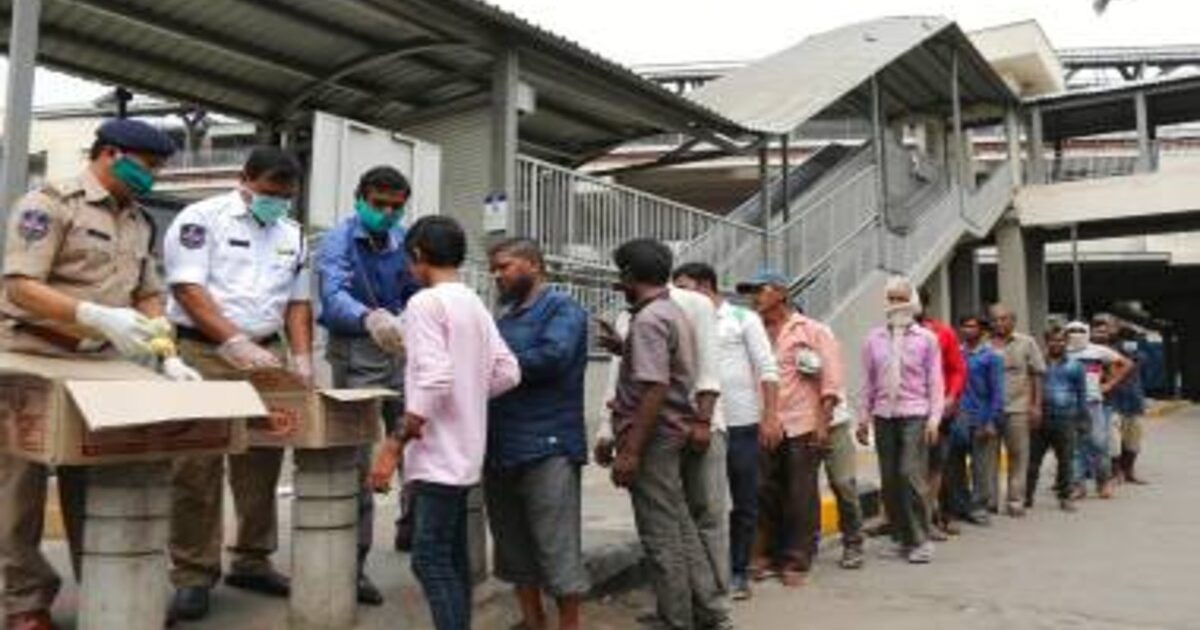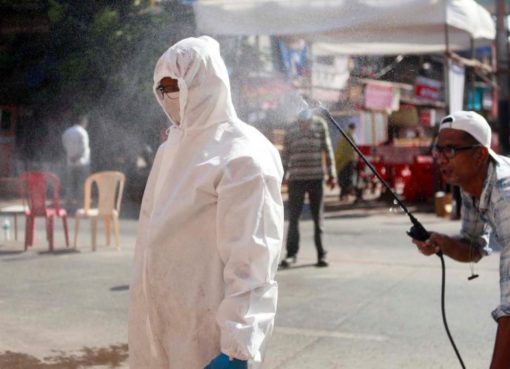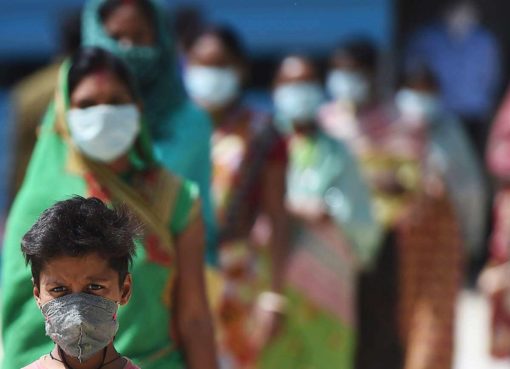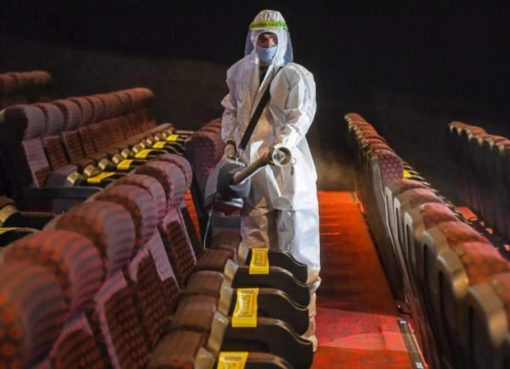Mumbai has revealed 1,625 new COVID-19 cases, pushing the complete count to 2.17 lakh. The city has additionally observed 1,966 new recuperations, carrying the absolute recuperations to 1.81 lakh.
The overview was together led by the BMC, Niti Aayog and TIFROf the 1,060 individuals reviewed in ghettos in the 41-60 years age gathering, 50.3% tried positive for COVID antibodiesThere is additionally a noteworthy contrast in how the infection is influencing senior residents in ghettos and non-ghettos
Individuals in the age gathering of 41 to 60 were generally presented to COVID-19 in Mumbai, the discoveries of the second sero-review led in the city have uncovered. This is valid for both ghettos and non-ghetto territories of the city.
The study was mutually directed by the Brihanmumbai Municipal Corporation (BMC), Niti Aayog and Tata Institute of Fundamental Research (TIFR). The itemized discoveries have been distributed by the TIFR.
The most recent study was completed in the second 50% of August in Borivali, Mankhurd, Govandi, Worli and Lower Parel.
Then, Maharashtra keeps on being the most noticeably awful COVID-influenced state in the nation.
The state announced 12,258 new COVID-19 cases on Tuesday, bringing the complete contamination count to 14,65,911. Maharashtra additionally observed 17,141 recuperations and 370 passings in the 24-hour time frame, incurring significant damage to 38,717, the most elevated among all states in India.
The state’s capital Mumbai, which is likewise viewed as India’s monetary focus, detailed 1,625 new COVID cases pushing the count to 2.17 lakh. The city likewise detailed 1,966 new recuperations, taking the absolute recuperations to 1.81 lakh. The quantity of dynamic patients in Mumbai is currently 23,976.
The discoveries of the new sero-overview will permit city specialists and wellbeing authorities to adjust their techniques in managing the disease. Here are the key takeaways of the overview:
41-60 age gathering
Of the 1,060 individuals overviewed in ghettos between the ages of 41 to 60 years, 50.3 percent were discovered to be positive for COVID-19 antibodies, showing earlier introduction to the infection. In non-ghettos, the figure for a similar age bunch was 18.6 percent, especially lower than ghettos yet the most noteworthy among all age gatherings. This shows that individuals in the 41-60 age gathering might be more vulnerable to coming down with the infection as their positions make them venture out of home all the more frequently.
Coronavirus in ghettos
The presence of COVID antibodies among individuals in ghettos has diminished by 12 percent from the first sero-review in July. This recommends the spread of contamination in the city’s ghettos may have descended. In the first sero-overview the pervasiveness of contamination in ghettos was 57 percent, which is currently down to 45 percent. Antibodies against the infection are known to keep going for in any event three months.
Effect on seniors
There is additionally a noteworthy distinction in how COVID-19 is influencing seniors in ghettos and non-ghettos. While among those over the age of 60 years living in non-ghettos 13.2 percent had antibodies, in ghettos that figure went up to an astounding 48.2 percent, the overview shows. This focuses to the capacity of families to ensure more seasoned individuals better in non-ghettos, re-implementing the financial measurement to the pandemic and how it influences various segments of society.
The gender gap
Ladies in both ghettos and non-ghettos indicated marginally more prominent sero-pervasiveness contrasted with men – a comparative outcome was found in the first sero-overview. While 46.2 percent of ladies tried had antibodies in ghettos, the comparing figure for men was 44.4 percent in the most recent sero-review. In non-ghettos, the individual rates for ladies and men were 17.6 percent and 16.7 percent. Specialists are not altogether secure with the reason for this. It might be a result of the idea of social connections and the contrasting reaction of antibodies among people.
Disclaimer: The views, suggestions, and opinions expressed here are the sole responsibility of the experts. No Sahyadri Times journalist was involved in the writing and production of this article.




